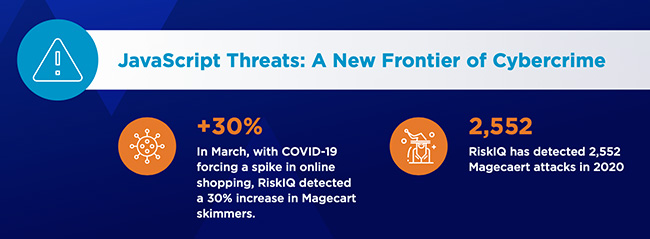What is the true extent of the modern corporate digital attack surface?
RiskIQ released a report analyzing the company’s internet-wide telemetry and massive internet data collection to reveal the true extent of the modern corporate digital attack surface.

Digital attack surface challenges
“Today, organizations are responsible for defending not only their internal network but also their digital presence across the internet and the cloud,” said Lou Manousos, CEO, RiskIQ.
“Bringing the massive scope of an organization’s attack surface into focus helps frame the challenges of extending cybersecurity outside the corporate firewall, especially as staff forced to work from home in response to COVID-19 push that boundary farther out.”
When brands understand what they look like from the outside-in, they can begin developing an attack surface management program that allows them to discover everything associated with their organization on the internet—both legitimate and malicious—and investigate the threats targeting them.

Report highlights
- The global attack surface is much bigger than you think: 2,959,498 new domains (211,392 per day) and 772,786,941 new hosts (55,199,067) were observed across the internet over two weeks, each representing a possible target for threat actors.
- Sometimes hackers know more about your attack surface than you do: Looking at the attack surfaces of FT-30 companies, each organization had, on average, 324 expired certificates and 46 Web frameworks with known vulnerabilities.
- The hidden attack surface: In Q1 2020, 21,496 phishing domains across 478 unique brands were identified.
- The mobile attack surface: In 2019, 170,796 blacklisted mobile apps were discovered across 120 mobile app stores and the open internet.
- Javascript threats: So far, in 2020, 2,552 Magecart attacks or 425 instances of Magecart per month were detected.